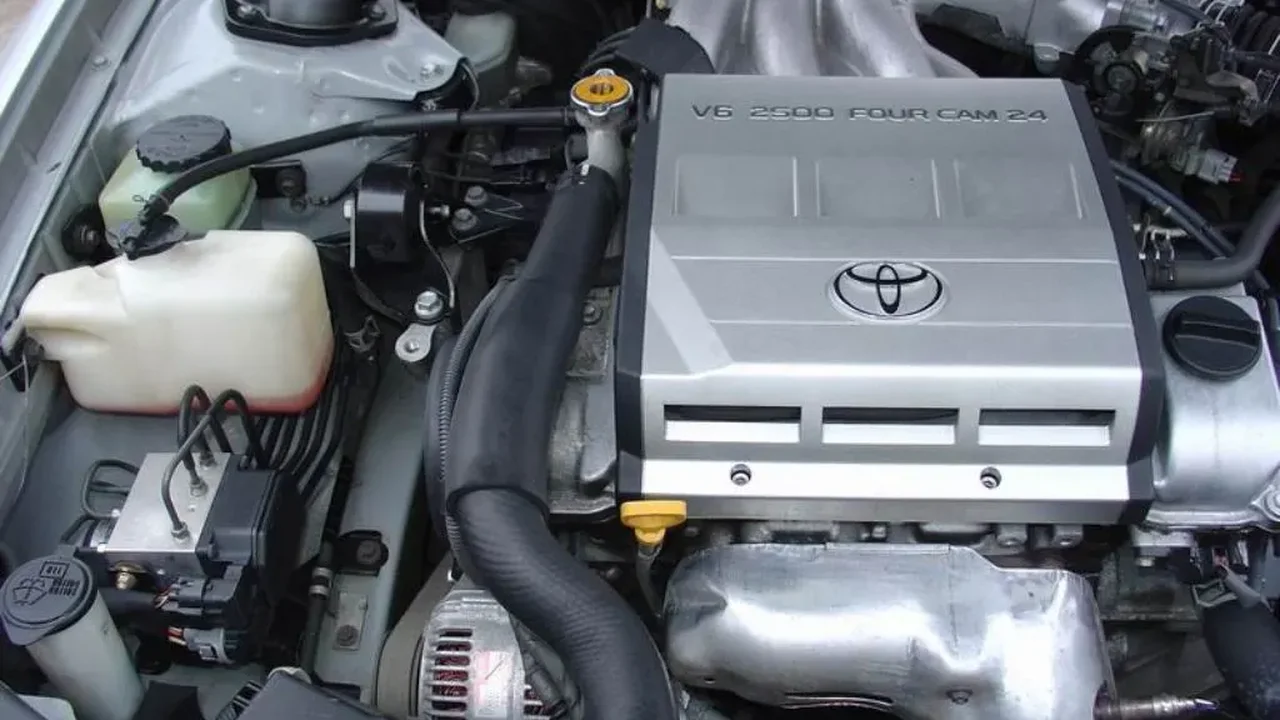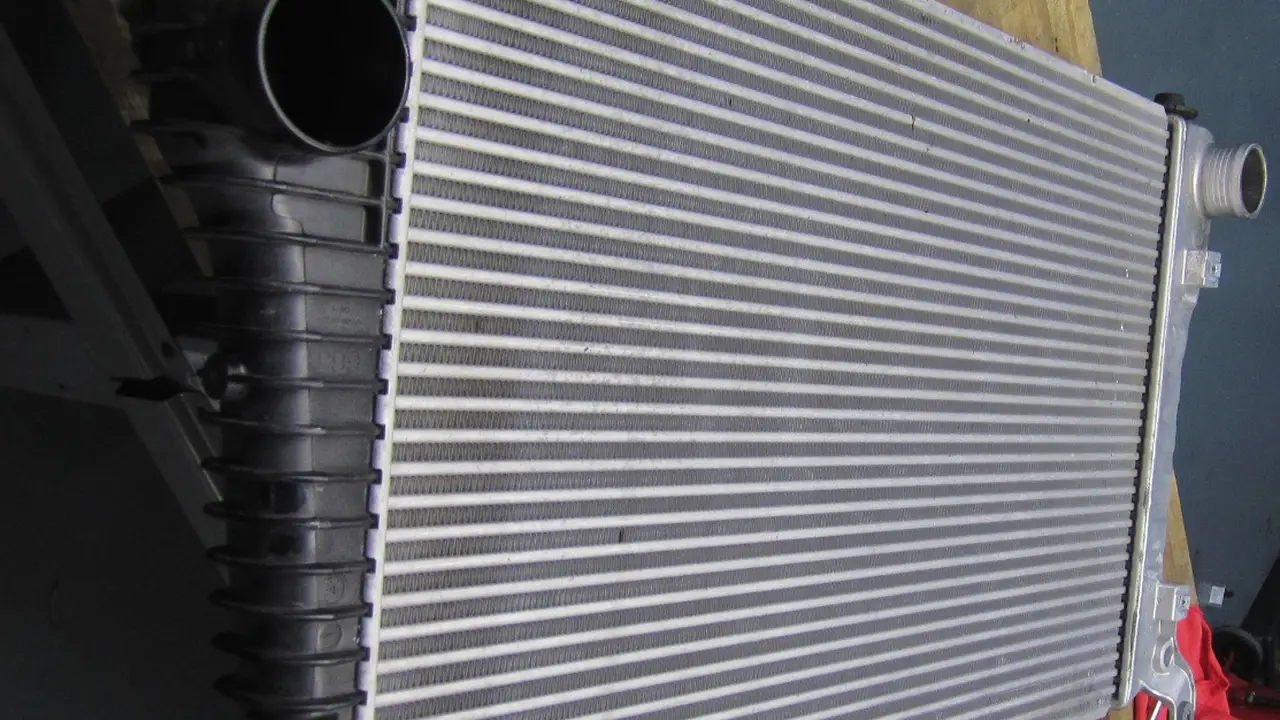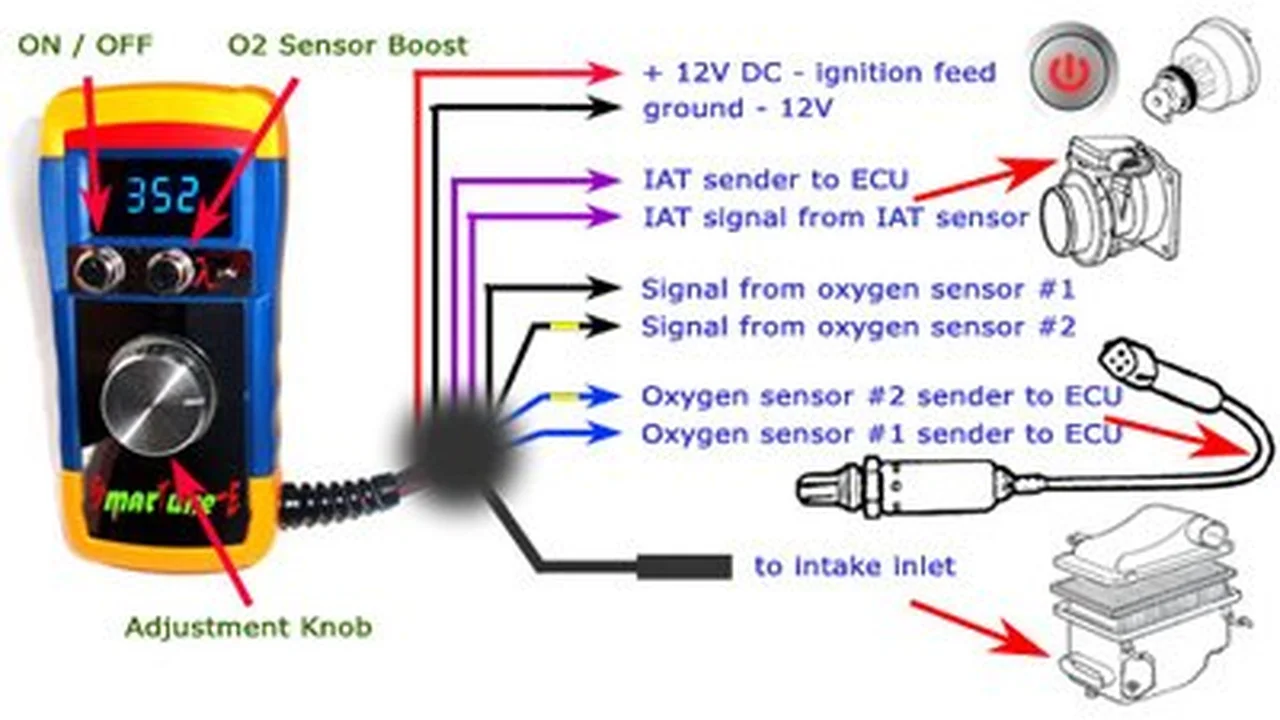Diagnosing a Misfire: Causes, Symptoms & Repair Strategies

OBD2 codes provide valuable information about engine problems. This guide explains how to read and interpret OBD2 codes, helping you pinpoint the source of the issue. Decipher OBD2 codes and take the first step towards resolving engine problems.
Understanding the Basics What is OBD2 and Why Should You Care
Okay, so you've got this check engine light staring you down from your dashboard. Don't panic! That little light is your car's way of telling you something's not quite right. The OBD2 (On-Board Diagnostics II) system is basically your car's internal health monitor. It tracks all sorts of things related to your engine, transmission, emissions, and more. When something goes wrong, it spits out a code, kind of like a doctor diagnosing an illness. Knowing how to read and interpret these codes can save you a ton of money on unnecessary trips to the mechanic.
Think of it this way: your car is constantly running self-checks. If it finds something amiss – like a sensor reading out of range, a misfire, or an emissions issue – it triggers the check engine light and stores a diagnostic trouble code (DTC). These codes are standardized across all vehicles sold in the US since 1996, thanks to government regulations. This means a P0300 code (random misfire) means the same thing on a Ford as it does on a Toyota. Pretty handy, right?
Getting Equipped The Essential OBD2 Scanner Tools and Their Uses
To read those codes, you'll need an OBD2 scanner. There are tons of options out there, ranging from basic handheld units to more sophisticated Bluetooth scanners that connect to your smartphone. Let's break down some of the most popular types:
- Basic Handheld Scanners: These are your no-frills options. They're usually the cheapest and easiest to use. They simply plug into your car's OBD2 port (usually located under the dashboard), display the code, and let you clear it. Great for quick diagnostics and clearing simple errors.
- Mid-Range Scanners: These offer more features, like the ability to read live data (engine speed, coolant temperature, etc.), perform basic tests, and provide definitions for the codes. They're a good step up from the basic models and offer more insight into what's going on.
- Bluetooth Scanners: These scanners connect to your smartphone or tablet via Bluetooth. You'll need to download an app (some are free, some require a subscription) to read the codes and view live data. They're often more portable and offer more advanced features than handheld scanners, like graphing data and logging information.
- Professional-Grade Scanners: These are the big boys. They're expensive and packed with features, like advanced diagnostics, bidirectional control (the ability to command the car's systems), and access to manufacturer-specific codes. These are typically used by professional mechanics.
Product Recommendations:
- For Beginners: The Autel AutoLink AL319 is a solid, affordable choice. It's easy to use, reads and clears codes, and provides code definitions. Around $30 on Amazon.
- For Smartphone Users: The OBDLink MX+ is a popular Bluetooth scanner. It's fast, reliable, and compatible with a wide range of vehicles. It also supports advanced features and third-party apps. Expect to pay around $140.
- For DIY Enthusiasts: The Innova 3100j is a good mid-range option. It reads and clears codes, displays live data, and performs battery and alternator tests. It's around $80.
Locating the OBD2 Port Where to Plug In Your Scanner
Finding the OBD2 port is usually pretty easy. It's almost always located under the dashboard on the driver's side. Look for a 16-pin trapezoidal connector. Sometimes it's hidden behind a small panel or under a trim piece. If you're having trouble finding it, check your car's owner's manual.
Reading the Codes Decoding the Diagnostic Trouble Codes (DTCs)
Once you've plugged in your scanner, turn on the ignition (but don't start the engine). The scanner should power on and prompt you to read the codes. Follow the instructions on the scanner's screen to retrieve the DTCs. These codes are usually in a format like "P0300" or "C1234."
Each code has a specific meaning. The first character indicates the system:
- P: Powertrain (engine, transmission)
- B: Body (airbags, windows, locks)
- C: Chassis (ABS, brakes, suspension)
- U: Network (communication between modules)
The second character indicates whether the code is generic (0) or manufacturer-specific (1). The remaining characters are specific to the fault.
So, let's say you get a code P0301. That means it's a powertrain code, it's a generic code, and it refers to a misfire in cylinder #1. Simple, right?
Understanding Common OBD2 Codes and Their Meanings Engine Misfires, O2 Sensor Issues, and More
Let's look at some of the most common OBD2 codes and what they mean:
- P0300: Random Misfire Detected: This means the engine is misfiring, but the computer can't pinpoint which cylinder is causing the problem. Possible causes include faulty spark plugs, ignition coils, fuel injectors, vacuum leaks, or low compression.
- P0301-P0308: Cylinder X Misfire Detected: These codes indicate a misfire in a specific cylinder (e.g., P0301 is a misfire in cylinder #1). The causes are similar to P0300.
- P0171: System Too Lean (Bank 1): This means the engine is running with too much air and not enough fuel. Possible causes include vacuum leaks, faulty O2 sensors, a clogged fuel filter, or a weak fuel pump.
- P0174: System Too Lean (Bank 2): Same as P0171, but for the other bank of cylinders on a V-engine.
- P0172: System Too Rich (Bank 1): This means the engine is running with too much fuel and not enough air. Possible causes include faulty fuel injectors, a bad mass airflow (MAF) sensor, or a leaking fuel pressure regulator.
- P0175: System Too Rich (Bank 2): Same as P0172, but for the other bank of cylinders on a V-engine.
- P0420: Catalyst System Efficiency Below Threshold (Bank 1): This usually means the catalytic converter is not working properly. Possible causes include a faulty catalytic converter, exhaust leaks, or faulty O2 sensors.
- P0440: Evaporative Emission Control System Malfunction: This indicates a problem with the EVAP system, which prevents fuel vapors from escaping into the atmosphere. Possible causes include a loose gas cap, a faulty purge valve, or a leak in the EVAP system.
- P0101: Mass Air Flow (MAF) Sensor Range/Performance Problem: This indicates an issue with the MAF sensor, which measures the amount of air entering the engine. A faulty MAF sensor can cause a variety of performance problems.
- P0011: "A" Camshaft Position - Timing Over-Advanced or System Performance (Bank 1): This indicates an issue with the camshaft timing, which is crucial for proper engine operation. Possible causes include a faulty camshaft position sensor, a problem with the variable valve timing (VVT) system, or low oil pressure.
Where to Find Code Definitions: Your scanner should provide a definition for each code. You can also find definitions online by searching for the code (e.g., "P0300 definition"). Reputable websites like OBD-Codes.com are great resources.
Clearing the Codes When and How to Reset Your Check Engine Light
Once you've diagnosed and repaired the problem, you'll want to clear the codes and reset the check engine light. Most scanners have a "Clear Codes" or "Erase Codes" function. Follow the instructions on the scanner's screen to clear the codes.
Important: Don't just clear the codes without fixing the underlying problem! The check engine light will just come back on. Clearing the codes should be the *last* step after you've addressed the issue.
When is it OK to Clear a Code?
- After you've fixed the problem that caused the code.
- If you're testing a repair and want to see if the code returns.
- If you accidentally triggered a code (e.g., disconnecting a sensor while the engine was running).
What Happens After Clearing Codes?
After clearing the codes, your car's computer will need to re-learn some settings. This is called a "drive cycle." The drive cycle involves driving the car under specific conditions (e.g., maintaining a steady speed on the highway, performing several stop-and-go cycles) so the computer can monitor the various systems and ensure they're working properly. The exact drive cycle procedure varies depending on the vehicle manufacturer. You can usually find the specific drive cycle procedure for your car online.
Troubleshooting Tips and Tricks When to Seek Professional Help
Sometimes, diagnosing engine problems can be tricky. Here are some troubleshooting tips:
- Start with the Obvious: Check the gas cap, fluid levels, and wiring connections. Sometimes, the simplest solutions are the best.
- Use Live Data: Monitor live data from the sensors to see if anything is reading out of range.
- Test Components: Use a multimeter to test sensors and other components.
- Look for Patterns: Are multiple codes appearing together? This can help you narrow down the problem.
- Consult Repair Manuals: A good repair manual can provide detailed information about your car's systems and troubleshooting procedures.
When to Seek Professional Help:
- If you're not comfortable working on your car.
- If you've tried troubleshooting the problem and can't figure it out.
- If the problem is complex or requires specialized tools.
- If the repair involves safety-critical components (e.g., brakes, airbags).
Advanced OBD2 Diagnostics Beyond the Basics
Once you're comfortable with the basics, you can start exploring more advanced OBD2 diagnostics. This includes things like:
- Reading Freeze Frame Data: Freeze frame data captures the sensor readings at the moment a code was triggered. This can provide valuable clues about the cause of the problem.
- Performing Component Tests: Some scanners allow you to perform component tests, such as testing the operation of the EGR valve or the fuel injectors.
- Accessing Manufacturer-Specific Codes: Professional-grade scanners can access manufacturer-specific codes, which provide more detailed information about the problem.
OBD2 and Emissions Testing Staying Compliant
In many states, vehicles are required to pass an emissions test to be registered. The OBD2 system plays a crucial role in emissions testing. The test center will plug into your OBD2 port and check for any stored codes or pending codes. If your car has any emissions-related codes, it will likely fail the test.
Readiness Monitors:
Before taking your car for an emissions test, make sure the readiness monitors are set. Readiness monitors are internal tests that the car's computer performs to verify that the emissions systems are working properly. After clearing the codes, it can take several drive cycles for the readiness monitors to set. If the readiness monitors are not set, your car will fail the emissions test, even if there are no stored codes.
Staying Updated with OBD2 Technology The Future of Car Diagnostics
OBD2 technology is constantly evolving. New features and capabilities are being added all the time. Stay updated with the latest developments by reading industry publications, attending training seminars, and following online forums. As cars become more complex, the ability to diagnose and troubleshoot problems using OBD2 will become even more important.
Final Thoughts: Empowering Yourself with OBD2 Knowledge
Learning how to read and interpret OBD2 codes is a valuable skill for any car owner. It can save you money on repairs, help you diagnose problems quickly, and give you a better understanding of your car's systems. So, invest in a good OBD2 scanner, learn the basics, and start taking control of your car's health.
:max_bytes(150000):strip_icc()/277019-baked-pork-chops-with-cream-of-mushroom-soup-DDMFS-beauty-4x3-BG-7505-5762b731cf30447d9cbbbbbf387beafa.jpg)






